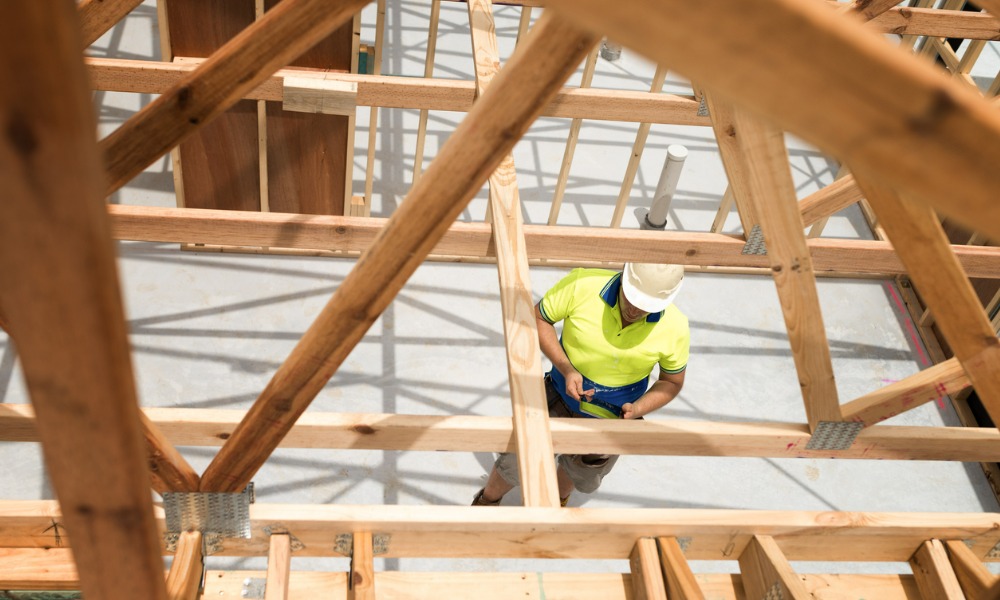More "hard yards to go" before conditions ease, industry head says

Residential builders should see conditions in the sector start to improve in the middle of the year, but will have a tough go until then as the sector deals with a huge backlog of uncompleted projects amid continued labour shortages, according to one of the industry’s biggest players.
“It’s like a snake trying to digest a rather large animal,” Henley Properties head Antony Blackshaw told the Australian Financial Review. “What we need to see is completion exceeding housing starts. There are six months of hard yards to go.”
Blackshaw said he was confident the market would start to normalise by mid-year as the volume of work under construction eased.
“Building materials supply is OK and detached housing approvals have dropped off quite significantly, so there will be some freeing up of resources,” he said. “Eventually, there will be more concreters available, and then more timber framers and so on as the return to normal works its way through the system.”
Henley, the nation’s eighth-largest detached home builder, had planned to complete more than 2,000 homes last year, according to AFR. However, the company only completed about 1,700, stymied by the supply chain issues, skyrocketing costs and labour shortages that rocked the entire sector in 2022.
At least 29 building companies have collapsed since the beginning of the “profitless” construction boom, AFR reported. Those companies left thousands of uncompleted homes and unpaid creditors in their wake.
The crisis in the sector peaked in the middle of last year, with 13 builders collapsing between May and July. Conditions seemed to ease in the second half of 2022, with only four building companies entering administration between August and December, AFR reported.
However, January has already seen the collapse of two companies – Melbourne-based Hallbury Homes, which entered administration with 50 projects on its books, and Bribane-based LDC, which collapsed owing $7 million to creditors and leaving about 50 projects incomplete.
The string of collapses was caused by the so-called “profitless building boom,” driven by the 2020 HomeBuilder grant, record-low mortgage rates and an explosion of demand during the COVID-19 pandemic, AFR reported.
Read next: Timber shortage eases – but construction sector isn’t out of the woods yet
This drove record new-home sales, but also spurred unprofitable fixed-price building contracts after huge rises in the cost of building materials, weather delays, supply chain issues and labour shortages.
“Labour will be the biggest challenge this year,” Blackshaw told AFR. “You can’t simply double the number of houses that need to be constructed in a small space of time and have the labour to deal with that work. You can’t make more tradesmen.”
Construction costs rose more than 20% in the 2022 financial year, with the cost of materials like timber spiking more than 40%, according to the Australian Institute of Quantity Surveyors (AIQS).
The AIQS Building Cost Index is predicting a further 4.3% increase in building costs by October of this year, AFR reported.
Have something to say about this story? Let us know in the comments below.



